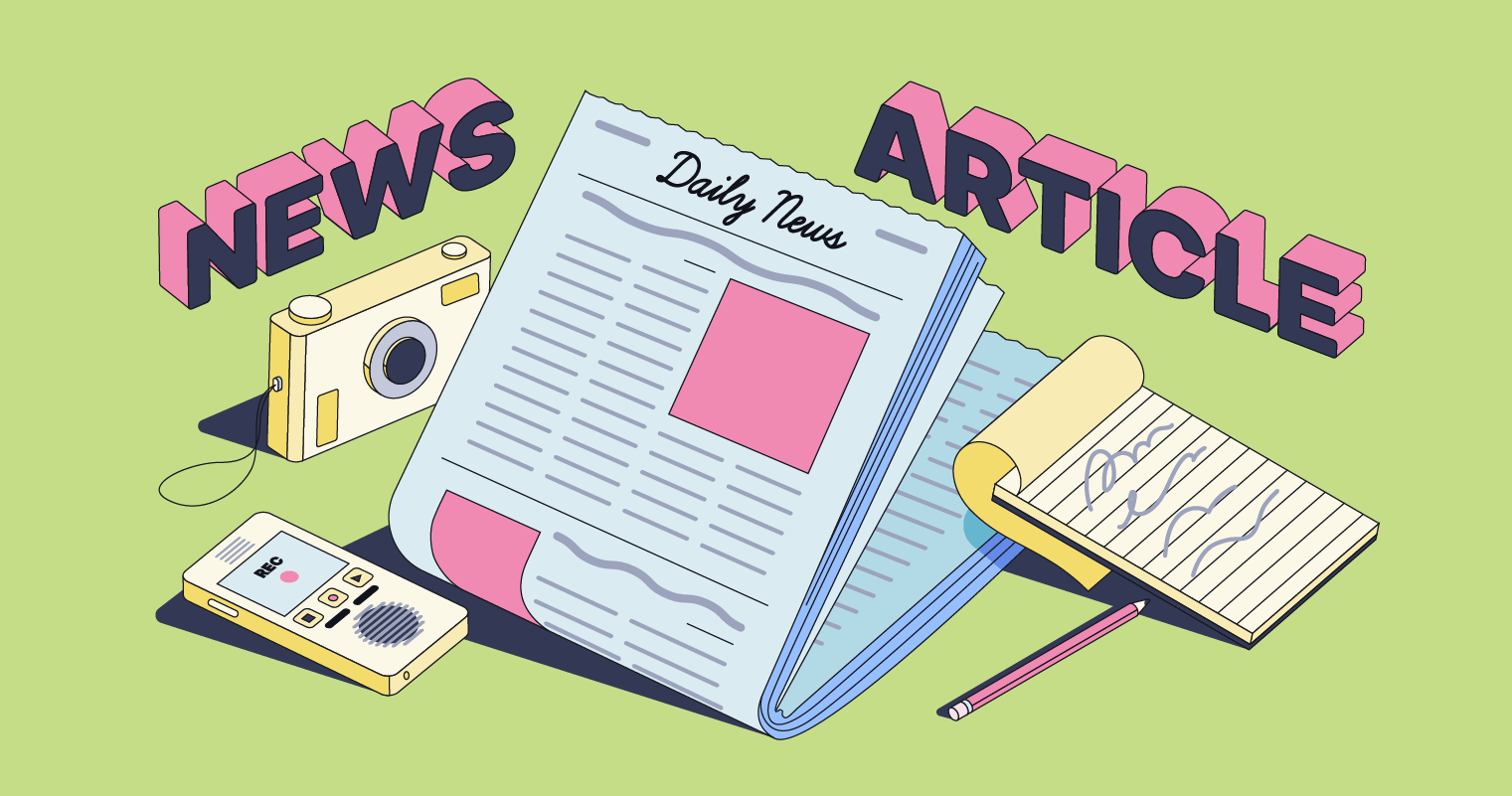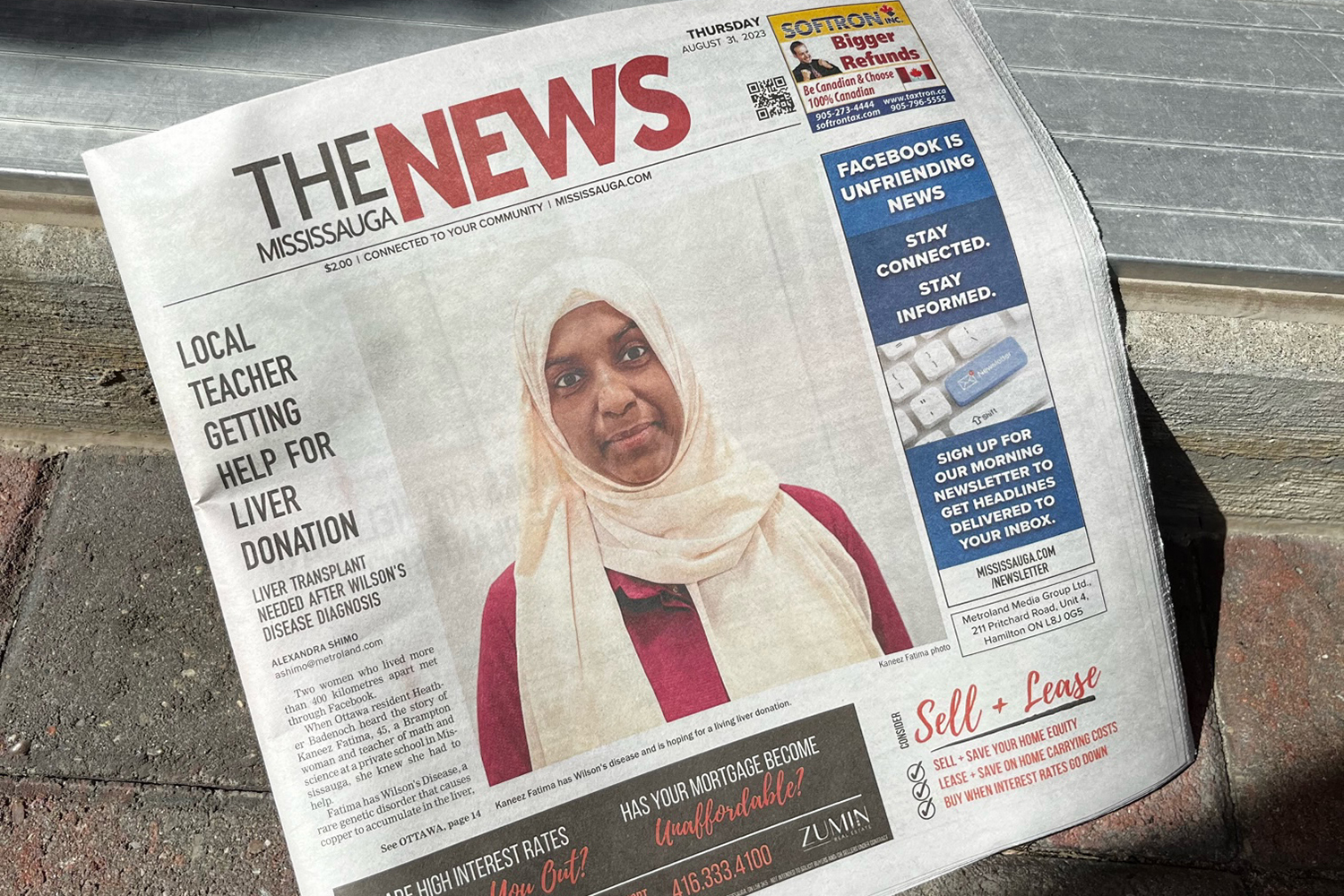Things about News Articles
Things about News Articles
Blog Article
About News Articles
Table of ContentsThings about News ArticlesThe Ultimate Guide To News ArticlesThe 20-Second Trick For News ArticlesExamine This Report on News ArticlesAll About News Articles
Good knowledge of various subjects gives trainees an one-upmanship over their peers. Although digital and social media sites are easily obtainable, we ought to not fail to remember just how essential it is to check out the newspapers. Parents should try and inculcate the practice of checking out a paper as a day-to-day regimen to proceed the heritage of the adored print tool.Newspaper article also contain a minimum of among the complying with vital characteristics relative to the desired audience: distance, importance, timeliness, human interest, peculiarity, or effect. The relevant term journalese is occasionally utilized, generally pejoratively, to describe news-style writing. Another is headlinese. Papers typically abide by an expository writing design.
Within these restrictions, information stories also aim to be detailed. Amongst the larger and extra highly regarded papers, justness and balance is a significant factor in offering info.
Newspapers with an international target market, as an example, tend to make use of a more official design of creating. The particular selections made by a news electrical outlet's editor or content board are typically collected in a design overview; usual style guides consist of the and the United States News Style Book. The main goals of information writing can be summarized by the ABCs of journalism: precision, brevity, and quality.
The Facts About News Articles Revealed
Generally, reporters will not utilize a lengthy word when a brief one will certainly do. They use subject-verb-object construction and vibrant, energetic prose (see Grammar). They supply narratives, instances and allegories, and they seldom depend upon generalizations or abstract concepts. News authors attempt to stay clear of utilizing the same word greater than when in a paragraph (sometimes called an "echo" or "word mirror").
Nevertheless, headlines in some cases omit the subject (e.g., "Leaps From Boat, Catches in Wheel") or verb (e.g., "Cat female lucky"). A subhead (additionally subhed, sub-headline, subheading, caption, deck or dek) can be either a subordinate title under the primary headline, or the heading of a subsection of the post. It is a heading that comes before the primary message, or a team of paragraphs of the main text.

of a short article topic, source, or interviewee), it is described as a drawn quotation or draw quote. Additional signboards of any one of these kinds may show up later in the post (particularly on subsequent web pages) to entice additional reading. Journalistic sites often utilize animation techniques to exchange one signboard for an additional (e.g.
Things about News Articles
Such billboards pop over to this web-site are likewise utilized as reminders to the write-up in other areas of the publication or website, or as advertisements for the piece in other magazine or websites. Press release of the Swiss federal government. Typical structure with title, lead paragraph (recap in strong), other paragraphs (details) and get in touch with info.

Example of a hard-lead paragraph NASA is recommending one more space job. The budget plan demands approximately $10 billion for the task.
An "off-lead" is the 2nd most vital front page information of the day. To "bury the lead" is to begin the short article with background info or details of secondary value to the viewers, requiring them to check out more deeply into a short article than they must have to in order to uncover the essential factors.
Not known Factual Statements About News Articles
Typical usage is that a person or more sentences each create their own paragraph. Journalists usually explain the organization or structure of a news tale as an upside down pyramid. The essential and most interesting components of a tale are put at the beginning, with sustaining info adhering to in order of decreasing significance.
It enables people to explore a subject to just the depth that their curiosity takes them, and without the imposition of details or nuances that they might take into consideration unimportant, however still making that information available to extra interested readers. The upside down pyramid structure additionally allows short articles to be trimmed to any kind of arbitrary length during design, to suit the area offered.
Some writers begin their tales with the "1-2-3 lead", yet there are several kinds of lead offered. A kicker can refer to multiple things: The last tale in the information program; a check this "satisfied" story to end the show.
Longer articles, such as magazine cover articles and the items that lead the inside sections of a newspaper, are known as. Attribute tales differ from straight information in a number of means.
The Of News Articles
A click here to find out more function's first paragraphs frequently relate an intriguing moment or occasion, as in an "unscientific lead". From the details of an individual or episode, its view rapidly broadens to generalizations regarding the tale's subject.

The Editor's Tool kit: A Referral Overview for Beginners and Professionals (2001) Allan M. Siegal and William G. Connolly. The New York Times Handbook of Style and Usage: The Authorities Style Guide Made Use Of by the Writers and Editors of the World's The majority of Reliable Newspaper (2002) M. L. Stein, Susan Paterno, and R.
Report this page